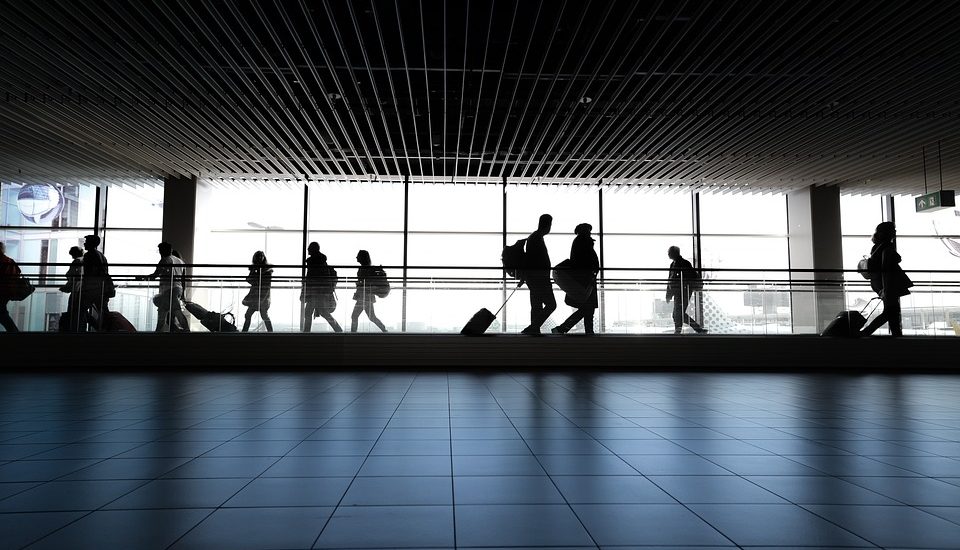- October 9, 2020
- Posted by: Pallav Tyagi
- Category: blog

Busy facilities like airports, shopping malls, supermarkets and stadiums receive a large volume of footfall.The frequent inflow and outflow of people adds another level of complication to maintaining the cleanliness of these high-traffic environments. Facility managers should equip their employees with knowledge of best practices for maintaining cleanliness consistently during business hours. While contributing to the health and safety of occupants, cleaner facilities also ensure greater guest satisfaction and help in upholding your brand image.
Keeping floors clean is one of the many challenges faced by High-traffic facilities. Footwear brings in dirt, often resulting in dark scuffs that affect the aesthetic of the facility. During winters, all types of debris ranging from snow to salt to sand is scattered across floors. It is essential to have entrance matting in place and an efficient floor care program to get rid of wet puddles and de-icing materials since they can make floors appear dirty and even cause slip-and-fall accidents.
Ensure regular restroom maintenance. Long restroom queues are expected in high-traffic facilities, and it is essential that visitors don’t end up unhappy with the hygiene standards of the facility after having to wait their turn. Trash receptacles should be emptied once they are full, to avoid trash from overflowing and falling on the floor.
Best Practices for High-Traffic Facilities
- Leave floor care management to robots
Invest in robotic floor care machines for floor care consistency which will also allow cleaning crews to focus on other significant tasks such as stocking restrooms and disinfecting/sanitizing surfaces. Choose machines that are easy to operate and that have durable squeegees for efficient water pick-up and are using sonar, 2D LIDAR, touch shield sensors and floor-detector sensors for avoiding obstacles and people while cleaning
. - In case you prefer not to use robots, go for compact ride-on scrubbers.
Ideally you should invest in ride-on auto-scrubbers which have large tanks as well as a compact design. This helps to reduce the amount of time-consuming tank-filling stops, while at the same time also allowing operators to maneuver around a facility and its occupants with ease. - Keep an eye on stock levels of restroom essentials
Soap,paper towels, toilet paper stock will reduce visitor complaints and help avoid long waits. If your budget permits, Install connected paper towel and soap dispensers and trash receptacles with sensors so your employees can remotely check whether these need filling or emptying and can address the most in-need restrooms first. Restrooms that are located in more high traffic areas (near a food court or entrance), should be checked more frequently. - Install air fresheners– Odours play a vital role in customer satisfaction. Customers will equate an unpleasant-smelling facility with a lack of cleanliness. In high traffic facilities, particularly in areas such as restrooms, strong odours can linger and eventually spread to hallways and other areas. Thus it is crucial to install air fresheners that provide a pleasant, clean scent.
By imbibing the above mentioned best practices into their cleaning programme, businesses can make cleaning hassle-free and more productive, which in turn will result in a better looking facility and save costs.

